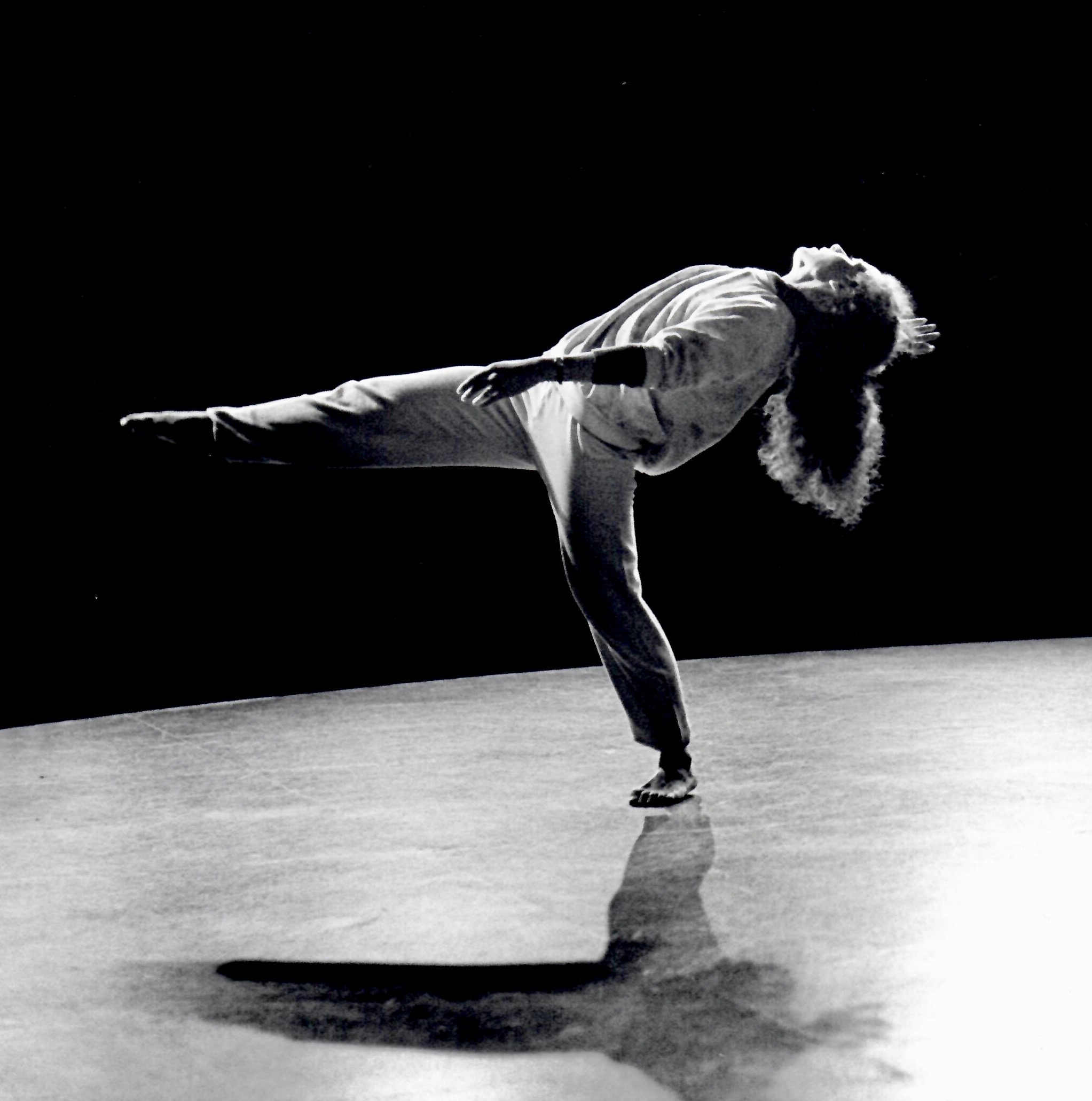In 1997 or 1998, sitting with Canon Lloyd Casson in the study at SAMS (The Episcopal Church of Saints Andrew and Matthew, in Wilmington, DE) when the Avodah Dance Ensemble was performing there, I asked if he had any ideas for a new project for the company. Canon Casson suggested I read Desmond Tutu’s book No Future Without Forgiveness. I don’t remember much else from our conversation but I do know I went out and bought the book and indeed, it did lead to a new piece of choreography and teaching opportunities for Avodah that ended up changing the direction of the dance company for me.
Before I get into how just a paragraph in No Future Without Forgiveness set me in motion, this week’s blog and next week’s blog share what I would say were the preliminary seeds that enabled this project to develop so powerfully. This week’s blog is about an earlier piece on forgiveness, Selichot Suite, and next week’s blog, featuring a piece that Kezia Gleckman Hayman wrote for the Avodah Newsletter in 1997, will focus on Canon Casson and the depth of thought he brought to us.
Selichot Suite was commissioned by Temple Beth El in Jersey City to be included in the Selichot Service that year, 1987, ten years before my conversation with Canon Casson. At the time, Murray and I were living in Jersey City and were members of the congregation. In Jewish Reform congregations, a Selichot service is held the Saturday night before Rosh Hashanah, usually late in the evening. The word “selichot” means forgiveness and the prayers are the same as those recited on Yom Kippur, the Day of Atonement. Rabbi Bruce Block and Cantor Peter Halpern collaborated with us and we danced to Cantor Halpern’s chanting of the prayers.
We set four parts of the service to dance, integrating them at the time each prayer was recited in the service. The first one, Hanshamah Lakh (“The Soul is Yours”), used very slow, meditative, rocking and lilting walks entering into the sacred space. The piece was beautifully sung by Cantor Halpern. The choreography of the next piece, Hashivenu,didn’t work very well in the first performance except for an ending circle. The ending circle reminded me of a a piece I had choreographed before. It was the last section in a piece called Shevit Ahim Gam Yahad (“Behold how good it is when brothers dwell together”). This was a piece that I had choreographed in the late 70’s to music of Lucas Foss. It didn’t stay in the repertory long but I loved the ending section and realized it would fit beautifully to Hashivenu. I substituted it for the original choreography for Hashivenu in the next performance and loved seeing it as part of Selicot Suite.
The third piece was actually danced to a poem that I must have originally found in the Gates of Forgiveness prayer book. I was so pleased to have found it online as I was beginning to write this blog. It is by Denise Levertov. The dancers recited it as they danced:
Something
is very gently,
invisibly, silently,
pulling at me-a thread
or net of threads ….
Here’s a link to read the entire poem.
https://allpoetry.com/The-Thread
I found this poem so lovely and so representative of feelings related to the search for finding one’s spiritual center or home. Rereading it now I still find it very meaningful.
The last section of the piece was danced to the prayer V’al kulam. There is a traditional gesture of striking one’s chest softly with one’s fist, which accompanies the related Al Chet prayer, and we used variations of this movement in the piece. We also used movements of falling to the floor, and a dancer falling into the arms of others, for this deeply strong forgiveness prayer.
The dance company had just gone through a major change in dancers and I see in the Newsletter of September 1987 that there were seven dancers listed as performing that season. I think several of them were only with the company a short time. The original choreography was for seven dancers but by the next time that we performed the piece, it was revised for four dancers, the usual number of dancers in the company.
Selichot Suite was performed fairly regularly in Selichot services over the next 10 years. While several of the performances were in the NY area (Tenafly and Scarsdale) several bookings were out of town, with one in Bloomfield Hills, MI and another in Houston, TX. Often a concert with some of our other repertory preceded the service.
I have only one video of the piece and it is a wonderful one danced beautifully by Kezia Gleckman Hayman, Elizabeth McPherson, Beth Millstein, and Carla Norwood. They are so elegantly ensembled that it was a true example of what I hoped would happen when I named the company Avodah Dance ENSEMBLE. The video is from a program we did at Hebrew Union College – Jewish Institute of Religion on dance as part of liturgy. Rabbi Rick Jacobs spoke and Cantor Benji Ellen Schiller beautifully accompanied the dancers. Here’s a link to watch it.
These three pictures were snapshots taken from the video, and in a photo editing program I chose to do them in black and white.

Dancer standing – Kezia Gleckman Hayman, Dancer sitting – Elizabeth McPherson
Cantor Benjie Ellen Schiller is standing in back in black

Dancers from l to r, Kezia, Elizabeth, Carla Norwood and Beth Millstein (with her back to us) and Cantor Schiller.

Dancers from l to r: Elizabeth, Kezia, Carla, Beth
Cantor Schiller is in the back.
 Print This Post
Print This Post







